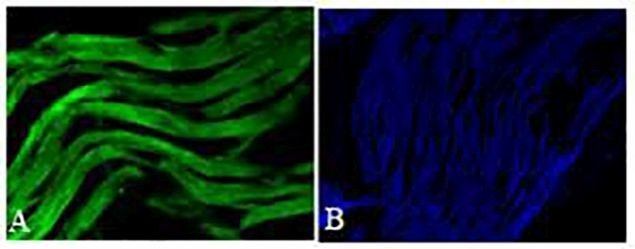 | ||
Troponin i nursing considerations normal range nursing care lab values nursing
Troponin I is a cardiac and skeletal muscle protein useful in the laboratory diagnosis of heart attack. It occurs in different plasma concentration but the same circumstances as troponin T - either test can be performed for confirmation of cardiac muscle damage and laboratoris usually offer one test or the other.
Contents
- Troponin i nursing considerations normal range nursing care lab values nursing
- Troponin i
- cTnI
- References
Troponin I is a part of the troponin protein complex, where it binds to actin in thin myofilaments to hold the actin-tropomyosin complex in place. Because of it, myosin cannot bind actin in relaxed muscle. When calcium binds to the troponin C it causes conformational changes which lead to dislocation of troponin I and finally tropomyosin leaves the binding site for myosin on actin leading to contraction of muscle. The letter I is given due to its inhibitory character.
The tissue specific subtypes are:
Troponin i
cTnI
Cardiac troponin I, often denoted as cTnI, is presented in cardiac muscle tissue by a single isoform with molecular weight 23.9 kDa and it consists of 209 amino acid residues. The theoretical pI of cTnI is 9.05. cTnI differs from other troponins due to its N-terminal extension of 26 amino acids. This extension contains two serines, residues 23 and 24, which are phosphorylated by protein kinase A in response to beta-adrenergic stimulation and important in increasing the inotropic response. Phosphorylation of cTnI changes the conformation of the protein and modifies its interaction with other troponins as well as the interaction with anti-TnI antibodies. These changes alter the myofilament response to calcium, and are of interest in targeting heart failure. Multiple reaction monitoring of human cTnI has revealed that there are 14 phosphorylation sites and the pattern of phosphorylation observed these sites is changed in response to disease. cTnI has been shown to be phosphorylated by protein kinase A, protein kinase C, protein kinase G, and p21-activated kinase 3. A significant part of cTnI released into the patient’s blood stream is phosphorylated. For more than 15 years cTnI has been known as a reliable marker of cardiac muscle tissue injury. It is considered to be more sensitive and significantly more specific in diagnosis of the myocardial infarction than the "golden marker" of last decades – CK-MB, as well as total creatine kinase, myoglobin and lactate dehydrogenase isoenzymes.
Troponin I is not entirely specific for myocardial damage secondary to infarction. Other causes of raised Troponin I include chronic renal failure, heart failure, subarachnoid haemorrhage and pulmonary embolus.
